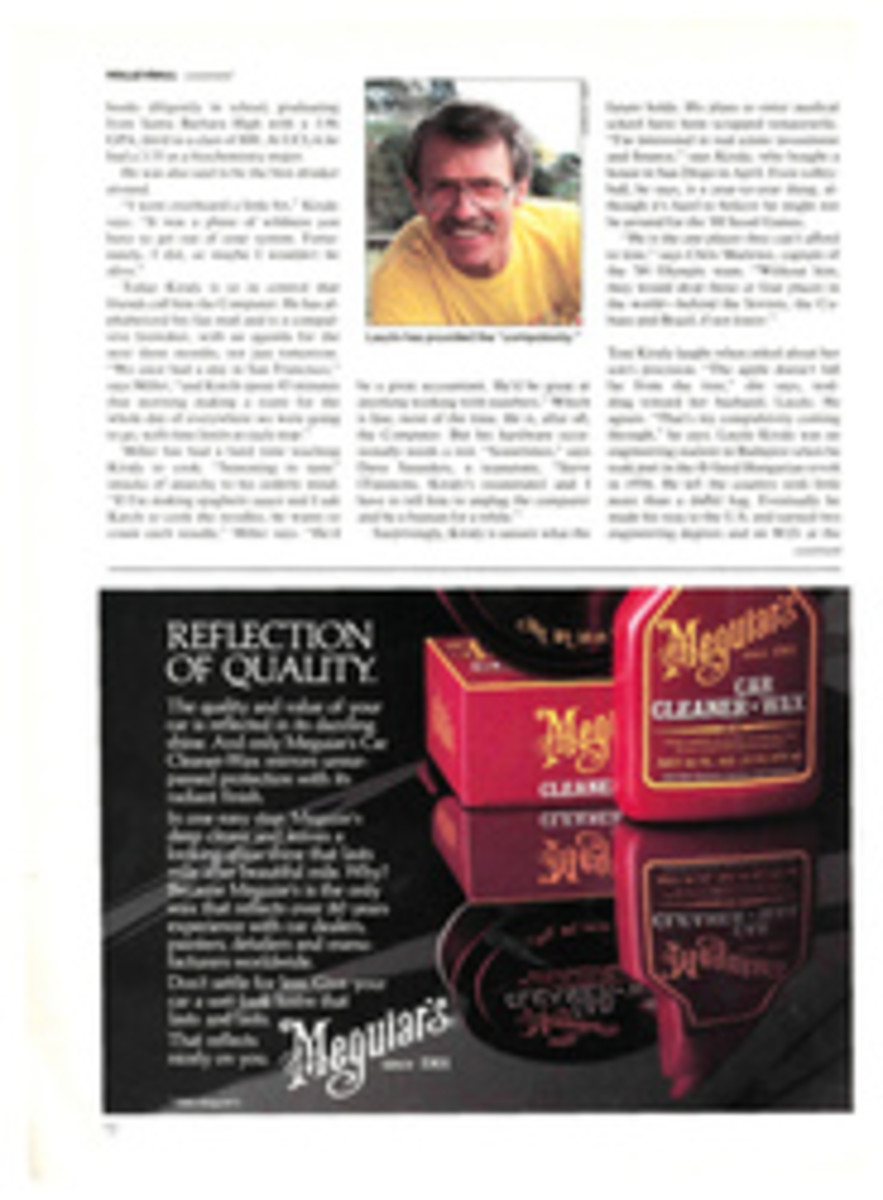
THE A'S GET A TONY AWARD
Oakland's Tony Phillips, who is 5'10" and 162 pounds, giggled as he told how he had to show some ID before he could get past the guard in Tiger Stadium's lobby last Friday. Phillips is in a grand mood these days: His lifetime batting average is .257, but his 1986 average is .314.
These are the best of times for Phillips, who knows about the worst. A switch-hitter, he leads off and plays second base against righties and third against lefties. He is a terrific second baseman, but he often had to play out of position at shortstop before the arrival of Alfredo Griffin in '85. "We asked him to become a lead-off man," says Oakland vice-president Sandy Alderson, "and suddenly he's an excellent leadoff man. We asked him to play third base, and suddenly he's a very good third baseman. He's an amazing athlete."
"I like leading off, being put in a position where I have to produce," says Phillips. "I've changed my outlook. I used to have a lot of anger inside me, anger against myself. If things weren't going good, I'd just put more and more pressure on myself."
Life was never that complicated for Phillips while growing up in Roswell, Ga., a small town 20 miles from Atlanta. "It was one of those places where everybody knew everybody else," says Phillips's wife, Andrea. He lettered in five sports in high school and signed with the Expos for $5,000 in 1978. He also played point guard for a year at New Mexico Military Institute (with Lewis Lloyd of the Houston Rockets).
In 1980, while in Double A, he was introduced to the realities of pro sports. Montreal, in a pennant race, traded him to San Diego for first baseman Willie Montanez. The next spring the Padres shipped him to Oakland for pitcher Bob Lacey. "Shoot, I was in a daze," he says. "I learned you just didn't live happily ever after." On his first day in the majors—May 10, 1982—he cost the A's the game when he blew a suicide squeeze. He then spent the next 56 days huddled in a corner of manager Billy Martin's doghouse and was shipped back to Triple A the day after he turned up late for a game.
"I was thinking of quitting and playing basketball," says Phillips, who was good enough to have Clemson interested in him. "Where was my confidence? I didn't have any." But Martin was gone the next year, and Phillips was back to stay. He hit .248 in '83, and .266 in '84. "He'd do some things in the field you couldn't believe," says first baseman Bruce Bochte. "And occasionally he'd hit balls that would explode. So you saw flashes."
Which brings us to Phillips's next crisis—he broke his left foot working out in January '85, rebroke it in spring training and didn't play until Aug. 22. "While I was hurt I spent a lot more time with my daughter [Victoria]. I got to know my wife a lot better. I got my priorities straight. That baseball-first stuff is a bunch of baloney. Realizing that helped me take a lot of pressure off myself."
He hit .280 with four homers and 17 RBIs the last six weeks of '85. This spring he grew up as a hitter. For years he had ignored advice to find a comfortable stance and stick with it. But he devised a stance on his own last September, and this spring, after listening to Ron Plaza, his batting coach, he eliminated a great deal of unnecessary movement in his swing. The flashes Bochte used to see have become an almost daily occurrence. People are starting to notice.
Maybe some day soon the guard in the lobby will know Phillips by sight.
PHOTO
JOHN IACONO
Finally, Phillips is enjoying the best of times.

